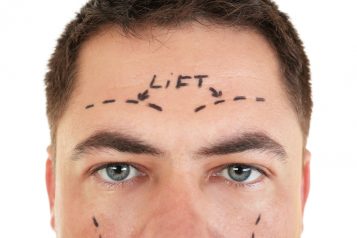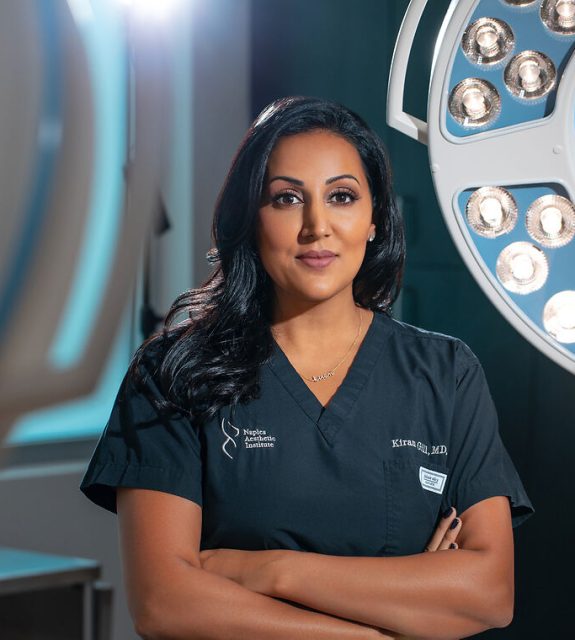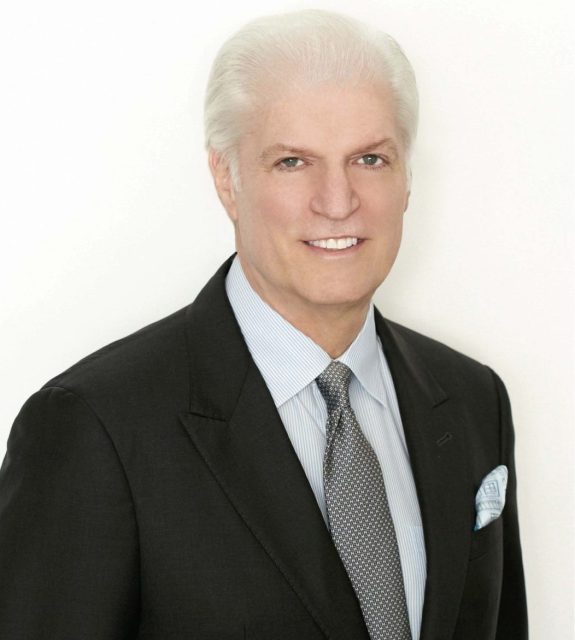Dr. Behrooz A. Torkian is a Facial Plastic and Reconstructive Surgeon dual board certified by the American Board of Facial Plastic and Reconstructive Surgery (ABFPRS). He is a member of the American Academy of Facial Plastic and Reconstructive Surgery (AAFPRS) and focuses his practice exclusively on the face and nose. Dr. Torkian serves as Assistant Clinical Professor at the University of California, Irvine in the Division of Facial Plastic and Reconstructive surgery, and adjunct faculty at Lasky Clinic fellowship in facial plastic surgery. He continues to hold this title as Volunteer Clinical Faculty in order to teach the fellows and residents interested in Facial Plastic Surgery. His vast experience has prepared Dr. Torkian to provide the highest level of care in Plastic Surgery of the Face and Nose.
Haute Beauty sat down with Dr. Behrooz Torkian to learn more about his options for minimally invasive skin tightening in the face. Here’s what you need to know about each to make the best decision on the best treatment for you.
 Photo Credit: Shutterstock
Photo Credit: Shutterstock
HB: Who is a good candidate for minimally invasive facelift treatments?
The age range can be across the board but most people probably will fall into about that 30 to 50 category, where they're just starting to see the laxity happen or just the lack of contour on their jawline and so on. There will be some younger people too, but the ideal candidate is like 30 to 50.
HB: What options do you have to offer for a minimally invasive facelift?
Facetite
Facetite is a minimally invasive option that uses radiofrequency to simultaneously tighten the layers underneath and around the skin.
"Radiofrequency is applied by a little rod and then that rod is taken underneath the skin. You can really sandwich the skin in between the two electrodes that give energy to the skin and helps pinpoint the skin but not the fat,” says Dr. Torkian.
So we don't reduce that really valuable fat to a great extent, but we reduce it enough to get the contour and we tighten up the skin around it. And then that's all just pre-facelift. That's like, “okay, I think I need to get tightened. I'm not sure if I want to do an incision or have a real surgery, but I want to do something to get tightened.” And that's what this really applies to.
PDO Threads & Instalift
Medical threads are a great option for patients that want lift but do are not ready for surgery.
Both techniques use resorbable suspension sutures that lift and reposition tissues underneath the skin, Over time, the sutures and cones stimulate cells in connective tissue that produce collagen. This promotes collagen maturation to reposition the volume in the midface.
It is important to note the type of threads/sutures used makes a big difference in the results.
“There are tons of different kinds of threads and typically speaking, although this may change as the technology improves, the barbed threads are not as good at holding as the InstaLift with little kind of bell-shaped attachments to the threads,” says Dr. Torkian.
 Photo Credit: ShutterstockHB: Can these options be used for a neck lift?
Photo Credit: ShutterstockHB: Can these options be used for a neck lift?
The Morpheus8 and Facetite can also be performed in the neck. The Instalift and Threadlift are less effective in the neck. We can use them in the neck. They're not unsafe but they're less effective. So, when we place them in the neck, it really doesn't give us as much of an effect.
HB: Does it involve multiple treatments?
The Facetite is usually a one-time treatment. The next step on that, if it didn't last long enough, and it's usually about a three to four-year result with the Facetite.
For the Instalift threads, they're usually a one-time thing. We do them and usually don't have to add any more, but some people, depending on what their expectations are and how tight they want their face to be, may choose to add a few more. Normally, it’s with three or four threads on each side and the longevity of the results that we've seen, it develops over the course of six months. It looks a lot better at the 6-month range, but when we perform them, we normally see about one and a half years or so of results.
For more information, visit Dr. Behrooz Torkian's social media:





















